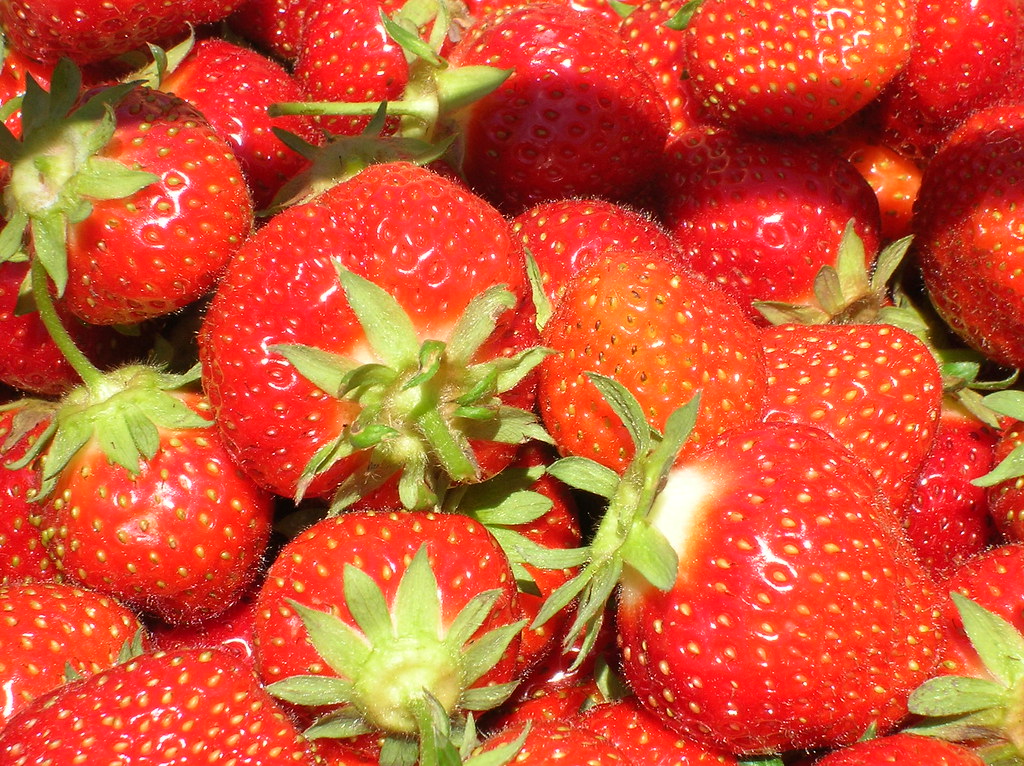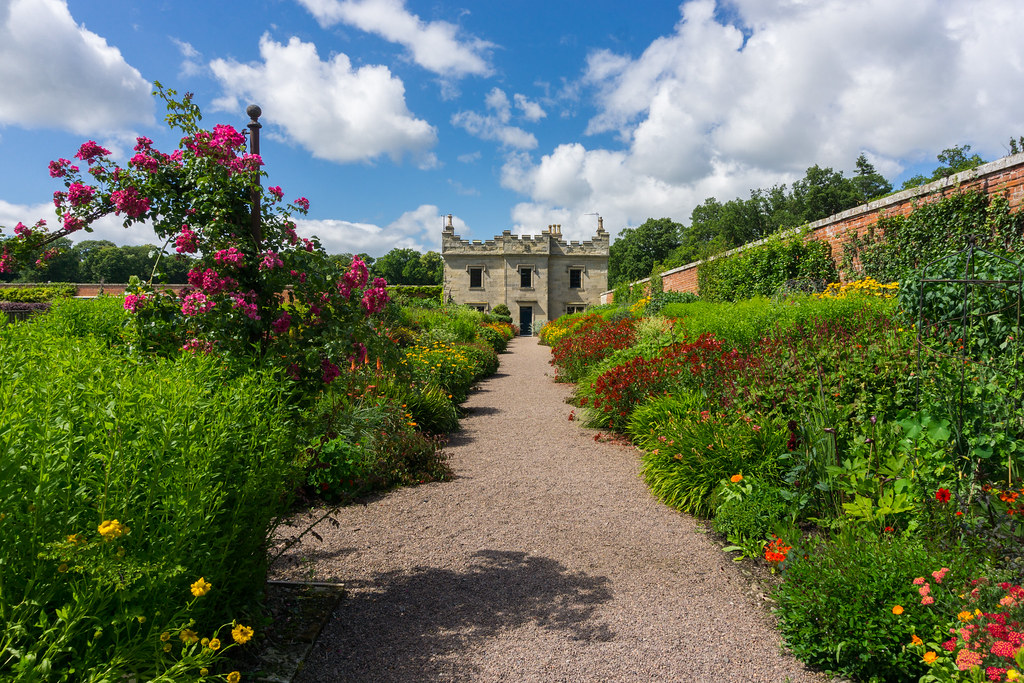There’s something truly special about inheriting a piece of the past, especially when it comes from someone as dear as a grandmother. The sense of history, the personal connection, and the opportunity to breathe new life into an old object—it’s an experience that’s both nostalgic and exciting. This is the story of how a heavy, old terracotta planter, once used for strawberries, found a new lease on life as a vibrant home for succulents, and how you too can transform a forgotten piece of your garden into a statement of style and sustainability.
The terracotta planter in question had been a fixture in my garden for years, sitting quietly and gathering a patina of lichen and algae. Its previous life, filled with the sweet promise of strawberries, had not been as fruitful as hoped. The strawberries would always dry out and die, leaving the planter empty and somewhat forlorn. It was time for a change, time to repurpose this piece of family history into something new and exciting.

The ancient pot look, while charming, was not conducive to a fresh start. After a quick scrub with soapy water to remove the green slimy layer, the planter was ready for its makeover. The choice of paint was crucial. I wanted something that was not only beautiful but also environmentally friendly and safe. That’s where milk paint came into the picture.
Milk paint, a water-based paint made from milk protein, lime, clay, and natural pigments, was the perfect solution. It’s non-toxic, food safe, and has been used for thousands of years due to its durability and unique finish. When applied to porous materials like terracotta, it hardens over time, ensuring that it won’t peel or chip. The paint comes in a powder form, mixed with water, and can be used as a thin color wash or built up in layers for a solid matt color with a velvety finish.
With the planter cleaned and the paint prepared, I began the painting process. The first coat of milk paint went on, hinting at the transformation to come. The second coat followed, allowing some of the planter’s character to show through while giving the blue color enough depth to truly pop. After a night of drying, the planter was ready for its new inhabitants.
Succulents were the natural choice for this project. Their ease of growth, need for good drainage, and love for dry conditions made them ideal candidates for the terracotta planter. To ensure the best environment for these drought-loving plants, I mixed vermiculite and compost to create a succulent-friendly soil, foregoing the addition of gravel due to the planter’s weight.
The selection of succulents was a mix of purchased Sedum and Sempervivums, along with a few cuttings from my garden. The pot-grown succulents fit perfectly into the holes of the planter, while stones were used to secure the cuttings and prevent soil from escaping. The result was a beautifully planted pot that not only honored its past but also looked forward to a lush future.
The milk paint added a stunning pop of color against the greenery of the succulents. As they grow and establish themselves, the sedums will trail down, giving the planter a full and vibrant appearance. Moreover, these succulents are winter hardy, ensuring that the planter will provide year-round interest.
This project was more than just a gardening endeavor.
It was a way to connect with my grandmother’s legacy and to create something beautiful and sustainable. It’s a testament to the fact that with a little creativity and care, we can transform the old into something new and extraordinary. If you’ve been inspired to undertake your own planter revival, stay tuned for the next section, where I’ll share some creative ideas on what you can plant in your revamped terracotta treasure.
Embracing the legacy of my grandmother’s terracotta planter, I’ve embarked on a journey of creative planting that has transformed a once-neglected piece into a vibrant, living sculpture.
Explore the many options for revitalizing a similar treasure.
Terracotta, with its porous nature, offers a unique advantage for plant growth, allowing roots to breathe and ensuring a balance of moisture that is particularly beneficial for certain types of plants. While succulents were my choice, the versatility of these planters means the sky’s the limit when it comes to your planting options.
For those with a penchant for edibles, why not consider herbs? Imagine a mini kitchen garden right on your patio, with the likes of rosemary, thyme, and basil at your fingertips. These aromatic delights not only provide fresh flavors for your culinary creations but also bring a delightful fragrance to your outdoor space. The key is to select herbs that thrive in well-drained soil and enjoy the warmth that the terracotta will absorb and retain.
If you’re drawn to the allure of flowers, petunias or marigolds could make for a stunning display. Their vibrant blooms would cascade over the sides of the planter, creating a waterfall of color. For a more textured look, consider adding some trailing vines like ivy or creeping Jenny, which would add an extra dimension to the arrangement.
For those who appreciate a touch of the exotic, why not create a mini tropical paradise? Plants like dwarf banana, bromeliads, or even a small palm could transport you to a sun-soaked beach with every glance. These plants typically enjoy the warmth and would thrive in the microclimate provided by the terracotta.
Do not forget the original intent of these planters—strawberries.
With the right approach, you can avoid the pitfalls I encountered and enjoy a bountiful harvest. The key is to ensure proper watering and to choose varieties that are suited to container life. By using a PVC pipe with holes drilled into it for irrigation, as suggested in the context, you can ensure that water reaches the roots without washing away the soil.

In addition to the practical aspects of what to plant, there’s also the aesthetic.
The beauty of these planters is that they can be a canvas for your creativity. Whether you choose a monochromatic scheme or a riot of color, the design is entirely up to you. You can even mix and match plants to create a tapestry of textures and hues.
For eco-conscious, plant bee-friendly flowers like lavender, salvia, and echinacea. They’re beautiful and support local pollinators. Your planter becomes a significant contributor to the environment. Remember, planting is rewarding and connects you to the earth and life cycle.
The possibilities for your terracotta planter are as limitless as your imagination.
Whether you opt for the practicality of herbs, the beauty of flowers, the exotic appeal of tropical plants, or the tried-and-true strawberries, the outcome is sure to be a reflection of your personal style and passion for gardening. So go ahead, get creative, and let your terracotta treasure shine in its new role as a cornerstone of your garden’s ecosystem.
It’s a testament to the idea that with a bit of care and creativity, anything can be given a new lease on life. Plant with love, tend with care, and watch as your garden becomes a living tribute to memories past and the promise of growth to come.
Related posts:
How To Turn Strawberry Planters Into Succulent Pots • Craft Invaders
How To Grow Strawberries in a Planter Pot
Growing Strawberries in Containers





